Part III
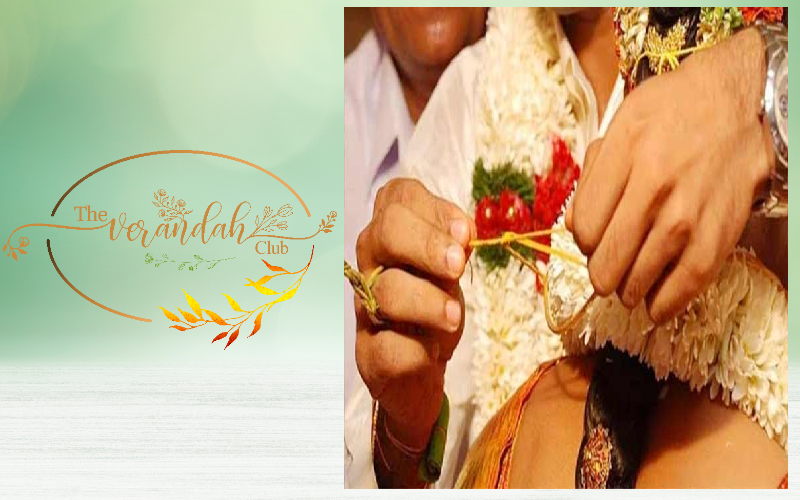
Maangalya Dhaaranam
This auspicious moment is fixed, according to the girl’s birth star, the day, and the time.
The bridegroom takes the sacred thread (Maangalya or Thali) and fastens the first knot around the neck of the bride and his sister fastens the other two knots. There is no Veda mantra for trying the Maangalya Sutram (Auspicious thread) around the neck of the bride by the groom. With the Maangalya Sutram in his hands he recites the following verse:
Māṅgalyatantunānena Mama Jīvanahetunā |
Kaṇṭhe Badhnāmi Subhage Tvaṃ Jīva Śaradaḥ Śataṁ ||
Meaning: This is a sacred thread. This is essential for my long life. I tie this around your neck, O maiden having many auspicious attributes! May you live happily for a hundred years (with me)!
Marriage is not a union between two individuals alone. It is a union of two families and so symbolically, the groom’s sister fastens the knots accepting the bride into an ever widening family circle of the groom.
Yoktradhaaranam
Āsāsānā Saumanasaṃ Prajāgṃ Saubhāgyaṃ Tanūṃ
Agnerānuvrttā Bhūtvā Sannahye Sukrtāya Kāṃ ||
Meaning: This bride seeks benevolence, health, progeny, and auspiciousness (non-widowhood). She is now ready to follow all Vedic rituals along with me, her groom. For the purpose of this sacred wedding, I tie this Darbha girdle (the sacred belt of Darbha) on her waist.
The bride is next led near the sacred fire for conducting the rest of the wedding ceremony. The bride and the groom sit on a new mat in front of the fire. The groom recites three mantras which invoke Soma, Gandharva and Agni to confer strength, beauty, and youth on the bride. Endowed with the blessings of these three Gods, she is now given in marriage to the groom.
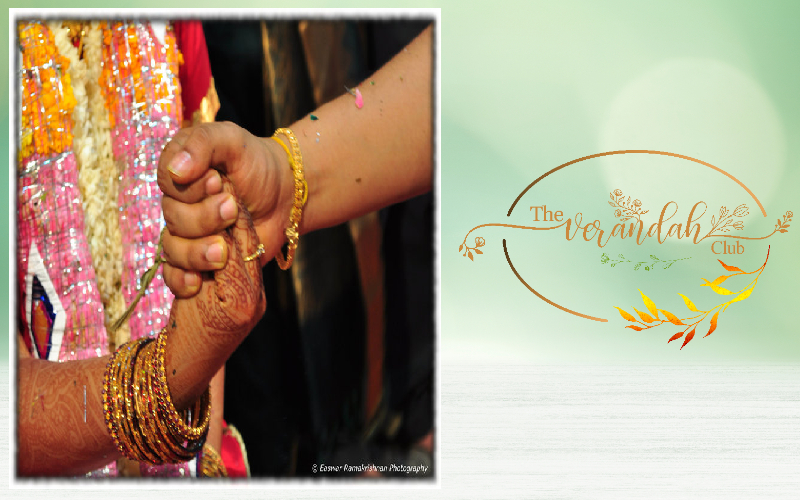
Paanigrahanam (Holding the bride’s hand)
After Maangalya Dhaaranam the groom lowers his right palm and encloses it over the right hand of the bride. He covers all the five fingers of the right hand of the bride with his right palm through this act of Paanigrahanam. He recites mantras in praise of Bhaga, Aryama, Savita, Indra, Agni, Surya, Vayu, and Sarasvati, while holding the bride’s hand. He prays for long life, progeny, prosperity, and harmony with the bride during their married life. The closed fingers of the right hand of the bride are said to represent her heart. The Paanigrahanam ritual symbolizes the bride surrendering her heart in the hands of the groom on the occasion of the marriage. This marks the beginning of a new relationship.
This moment is considered more significant than the actual Maangalya Dhaaranam.
Gṛbhnāmi Te Suprajāstvāya Hastaṃ Mayā Patyā Jaradaṣṭiryathāsaḥ |
Bhago Aryamā Savitā Purandhirmahyaṃ Tvādurgārhapatyāya Devāḥ ||
Meaning: O Bride! I hold your hand with the prayer that you will give birth to noble children and live with me until you attain old age. The Gods, Bhaga, Aryama, Surya, and Indra, have given you to me so that I can perform the duties of a householder.
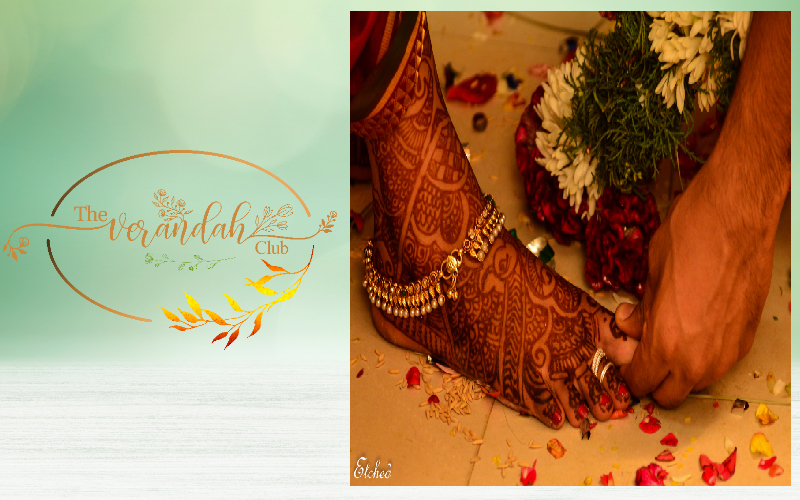
Sapthapadi (The Seven Steps)
During this ritual, the groom walks with the bride to the right side of the sacred fire. All along, he holds his wife’s right hand in his right hand as held during the Paanigrahanam ceremony. He stops, bends down, and holds the right toe of his wife with his right hand and helps her take seven steps around the fire. At the beginning of each step, he recites a Veda mantra to invoke the blessings of Maha Vishnu to follow in the footsteps of his wife and blesses her.
1. Ekaṃ Iśe Viśnustvānvetu Dve Ūrje Viśnustvānvetu
Trīnī Vṛtāya Viśnustvānvetu Catvāri Māyobhavāya Viśnustvānvetu
Panca Paṣubhyo Viśnustvānvetu Śadrtubhyo Viśnustvānvetu
Sapta Saptabhyo Hotrabhyo Viśnustvānvetu ||
Meaning: May Lord Vishnu follow you, in your first step to give us plenty of food, in your second step to give us strength, in your third step to help us do austerities, in your fourth step to give us happiness, in your fifth step to give us cattle and wealth, in your sixth step to make all six seasons favorable to us, in your seventh step to help us perform all Vedic sacrifices.
Chanting these mantras, the bridegroom helps the bride take seven steps with her right leg. After the seventh step is taken, the groom looks at her and chants the following mantra,
Sakhā Saptapadā Bhava Sakhāyau Saptapadā Babhūva
Sakhyaṃ Te Gameyaṃ Sakhyāt Te Māyoṣam Sakhyānme
Māyoṣthāḥ Samayāva Sankalpāvahai Saṃpriyau Rochiśno
Sumanasyamānau Iśaṃ Ūrjaṃ Abhi Samvasānau Sannau
Manāgmasi Saṃvrttā Samo Chitānyākaraṃ Sā Tvaṃ
Syamūhaṃ Asmi Sā Tvaṃ Dyaurahaṃ Prithivī Tvam
Rethohagaṃ Rethobrttvam Manohaṃ Asmi Vāk Tvaṃ
Samāhaṃ Asmi Ṛktvagm Sā Māṃ Anuvrttā Bhava Pugmse
Putrāya Vettavai Śriyai Putrāya Vettavā ehi Sūnrthe
Meaning: Oh Bride! You have walked seven steps with me; you are now my companion. Through these seven steps, we have mutually become companions. I have attained your companionship. I will not let down this companionship. May you also not let down this companionship! Hereafter, we shall live together. Let us decide together about our obligations and undertakings. Let us live together with mutual love and goodwill. May we enjoy together good food, strength etc.! Let our minds join together for a common vision. Let us perform austerities together. You are the earth, and I am the sky. I am the semen; you are its bearer. I am the mind, and you are speech. You are the mantra of Rig Veda and I am the mantra of Sama Veda. May you be favorable to my pursuits. O lady of sweet words! Come let us beget a lot of wealth and children and live happily.
With these two rituals the bride and the groom attain the status of husband and wife. The last portion says that the couple should be inseparable and mutually complimentary like Ṛg and Sāma Mantrā-s, the earth and the sky, etc. This clearly indicates that there is no subjugation of women. Both are complementary and not contradictory to each other.
(…to be continued)
NEXT ARTICLE
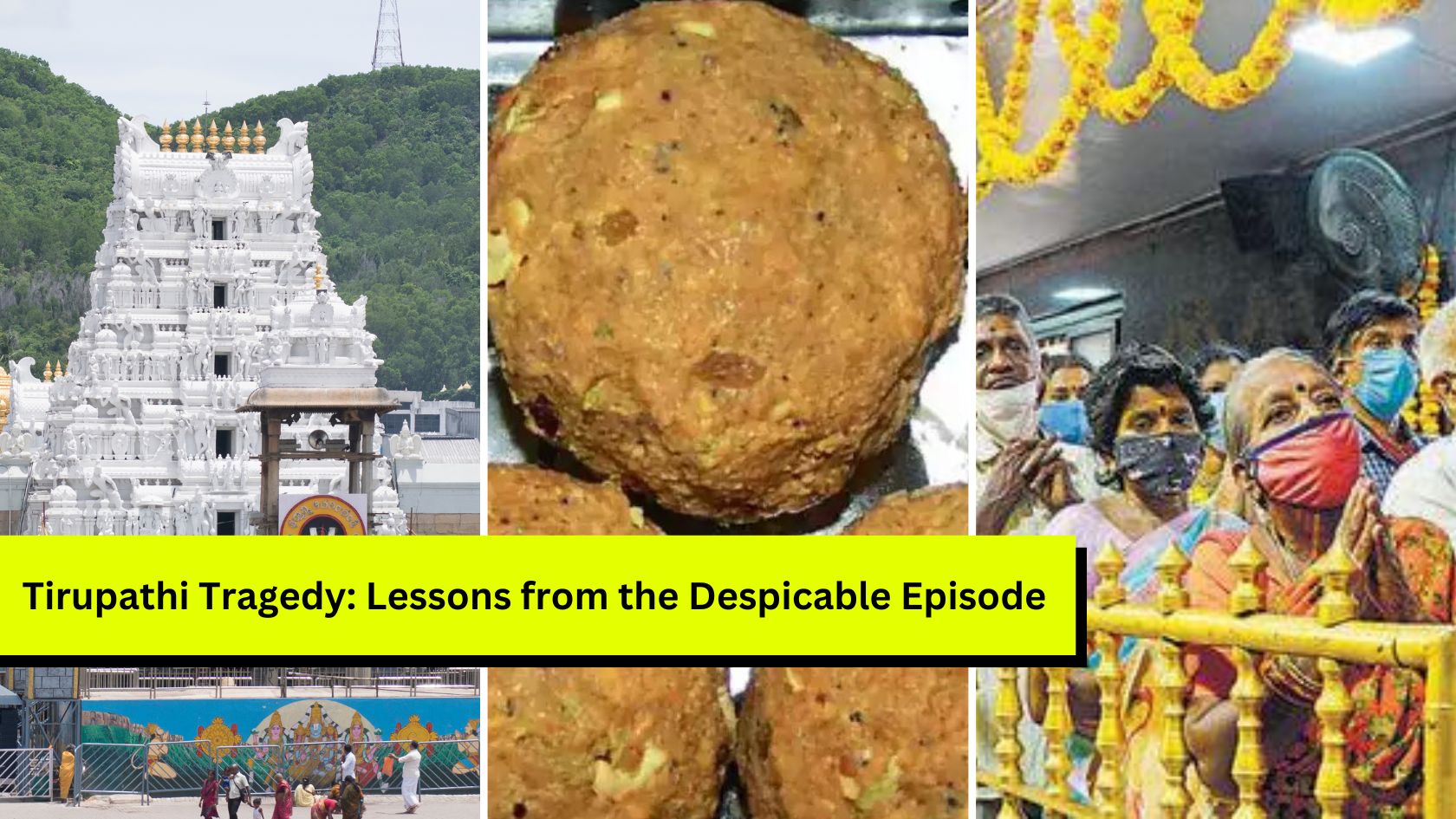
The Venkateshwara Swami Temple in Tirupati is among the holiest places in the world for Hindus. Millions of people throng the temple every year to get...
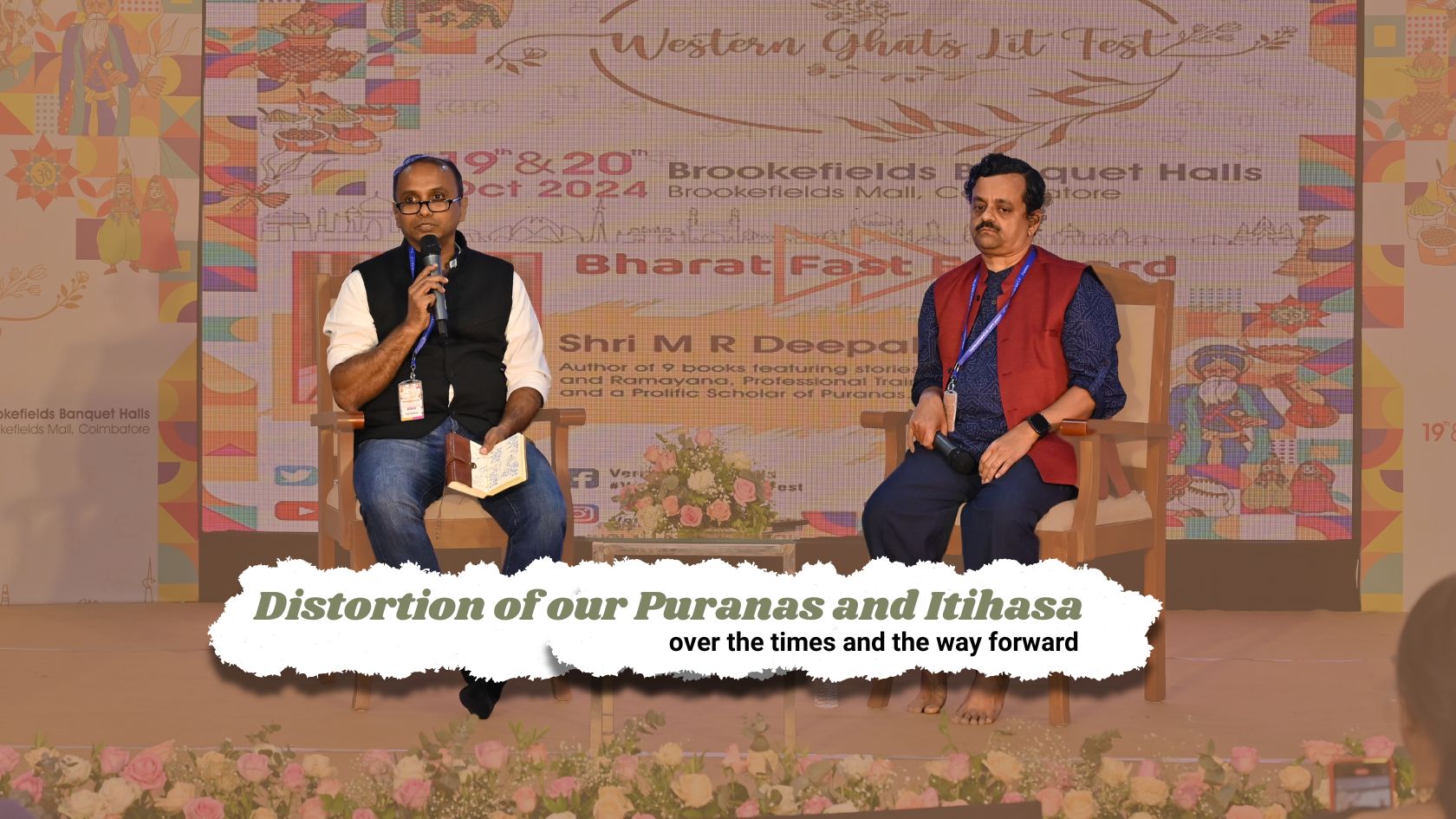
It is a sad reality that our Itihasa and Puranas have been subject to severe distortion over the years. This is not surprising considering how even th...
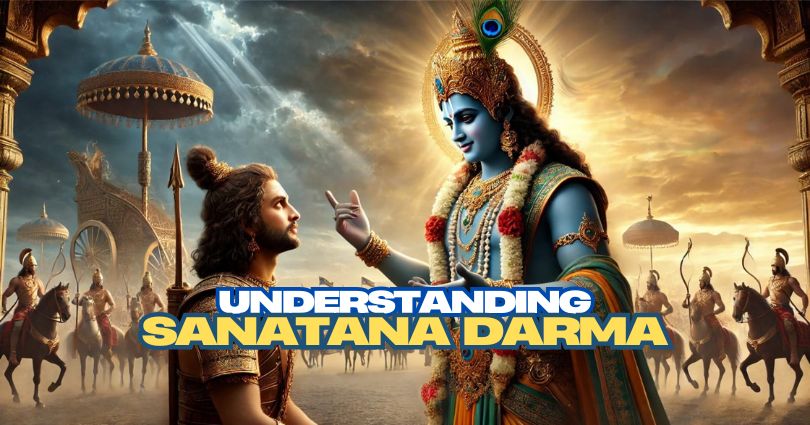
The holy land of Bharat follows Sanatana Dharma. The word Sanatana Dharma is a Sanskrit word meaning, “Eternal law”. It is the indestructible ultimate...